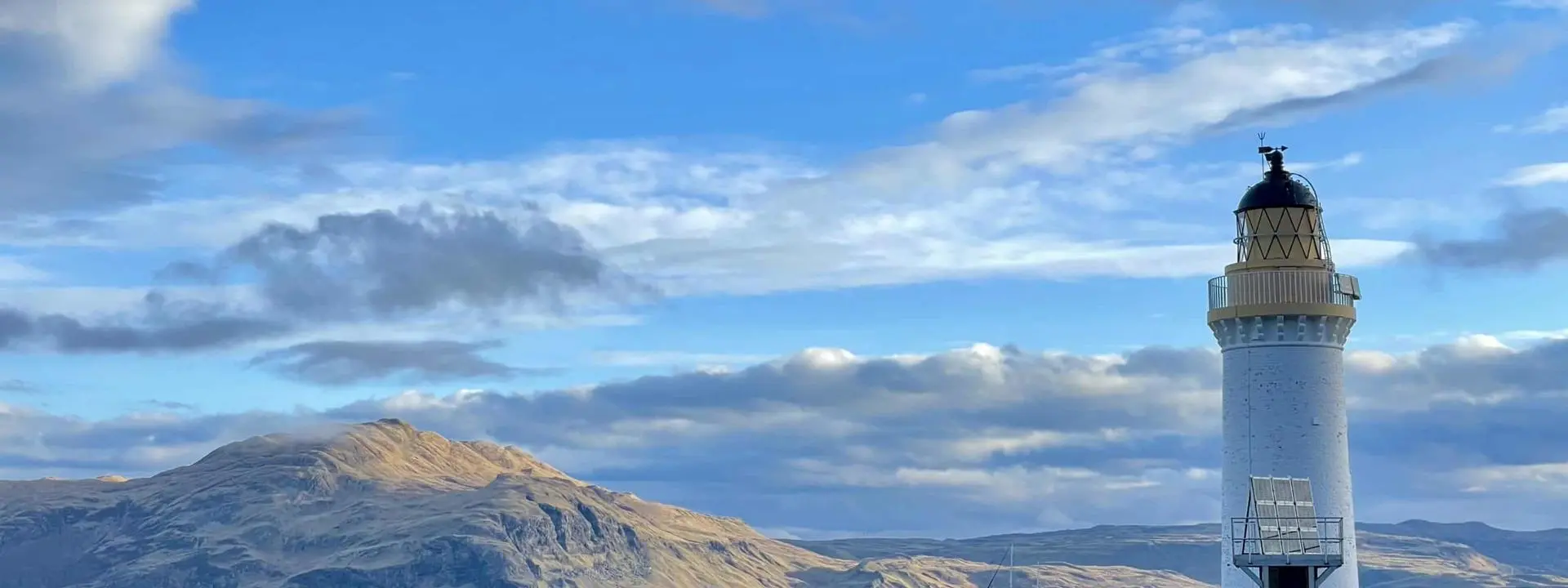Hidden vessel traffic could threaten Scotland’s Marine Protected Areas

Most vessel traffic in Scotland’s Marine Protected Areas (MPAs) is going undetected, potentially putting at risk the marine creatures these sites are meant to protect, new research has found.
A study led by Heriot-Watt University has found that around 64% of vessels operating within Scottish MPAs were not broadcasting Automatic Identification System (AIS) signals, meaning the majority of vessel activity is invisible to standard monitoring systems.
The research was carried out in partnership with Whale and Dolphin Conservation (WDC) Shorewatch and the Hebridean Whale and Dolphin Trust, and raises serious concerns about the effectiveness of current management strategies in safeguarding species within MPAs, such as dolphins, whales, seals and basking sharks.
Dr Emily Hague from the School of Energy, Geoscience, Infrastructure and Society, said: “AIS data is the most commonly used tool to monitor marine traffic, but our research shows it only captures about a third of the traffic within MPAs.
“That means we’re underestimating the level of human activity and the potential for disturbance or harm within some of Scotland’s most sensitive marine environments.
“Our previous research shows that the presence of these smaller vessels disturbs marine mammals - they may change their behaviour or the way they use the area over the longer term.”
Some MPAs have more hidden traffic than others
The study examined six MPAs: the Moray Firth, Mousa, Inner Hebrides and the Minches, Loch Sunart to the Sound of Jura, Sea of the Hebrides and Lamlash Bay, which is part of the South Arran MPA. It found that the extent of undetected traffic varied widely between sites.
In Lamlash Bay, AIS reflected only 6% of real vessel presence, while Mousa and the Sea of the Hebrides fared better, with about 50–56% of vessels detected.
Across all MPAs, smaller recreational craft such as motorboats and yachts were least likely to transmit AIS, despite some of these craft often travelling at higher speeds and generating the most underwater noise.
More than half of all vessels recorded were moving at medium to high speeds (7.5 knots or faster) and the majority of those were not using AIS, making their impacts difficult to track or mitigate.
Hague said: “Over half of the vessels moving through these protected areas were travelling at medium to high speeds, and the majority of them weren’t transmitting AIS.
“That’s a major issue when we consider that we use AIS data to estimate vessel presence, noise and collision risk - but two thirds of the vessels actually posing risk are not present in those input datasets.”
Only two of the six MPAs studied have any specific vessel-related restrictions, and both of these apply solely to fishing, leaving other vessel types largely unregulated.
The researchers say that current management plans could be improved to address the scale and nature of vessel disturbance in MPAs.
Dr Lauren McWhinnie, co-author and associate professor, said the findings highlight the need for a significant rethink in how we monitor maritime traffic within these areas.
McWhinnie said: “If we want these areas to truly protect the species and habitats they were created for, we need to take a much more comprehensive approach to monitoring the vessel traffic within them, and for example, consider combining AIS with other data streams such as underwater acoustics, satellite imagery and visual surveys.
“Only then will we get a true understanding of the activities taking place.”
The research team recommends developing smarter monitoring networks that can integrate multiple data sources, as well as real-time alert systems to warn mariners when they enter sensitive zones or come close to marine mammals.
Citizen scientists at work
Citizen science played a key role in the study, with volunteers from the Scottish Vessel Project, WDC Shorewatch and the Hebridean Whale and Dolphin Trust gathering more than 1,800 hours of land- and boat-based observations across the Scottish coast.
Hague said: “Our volunteers have been out in all weathers collecting data that show just how much traffic is passing through these protected sites.
“We’re extremely grateful to all of them for their efforts. Scotland has beautiful coastlines and marine areas for us all to enjoy - but we have to find a way to maintain a balance for the animals who call our sea home.”
Read the full report in Ocean and Coastal Management.
The Scottish Vessel Project received funding from the Marine Alliance for Science and Technology for Scotland (MASTS) Emerging from Lockdown Fund (EFLSG9), the Heriot-Watt University Annual Fund, the Heriot-Watt University Small Grants Scheme, the UKRI NERC SUPER-DTP Research Experience Placements Scheme and the charity Sea-Changers. Emily Hague was funded via a James Watt Scholarship, administered via Heriot-Watt University, and grants from Whale and Dolphin Conservation and Sea-Changers.